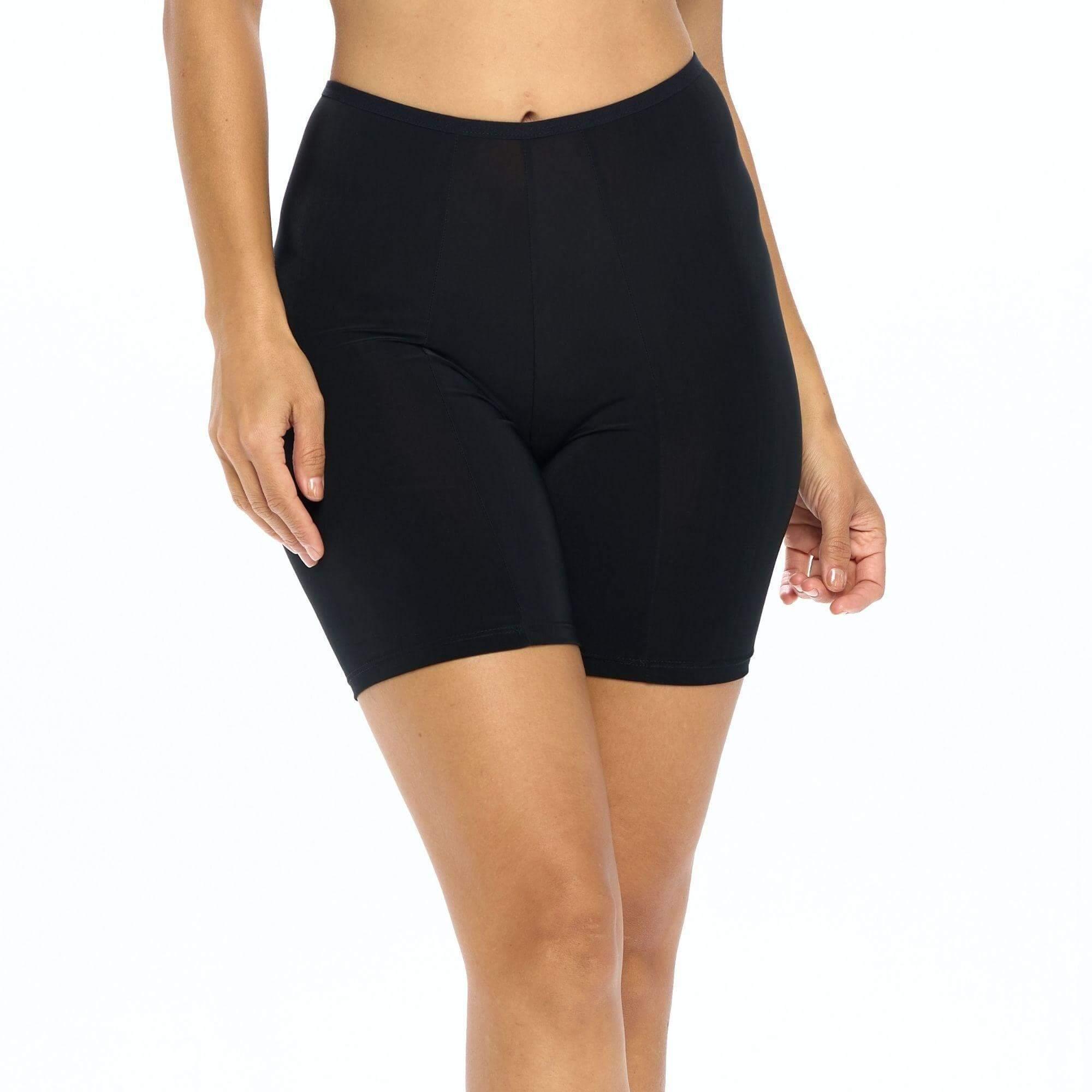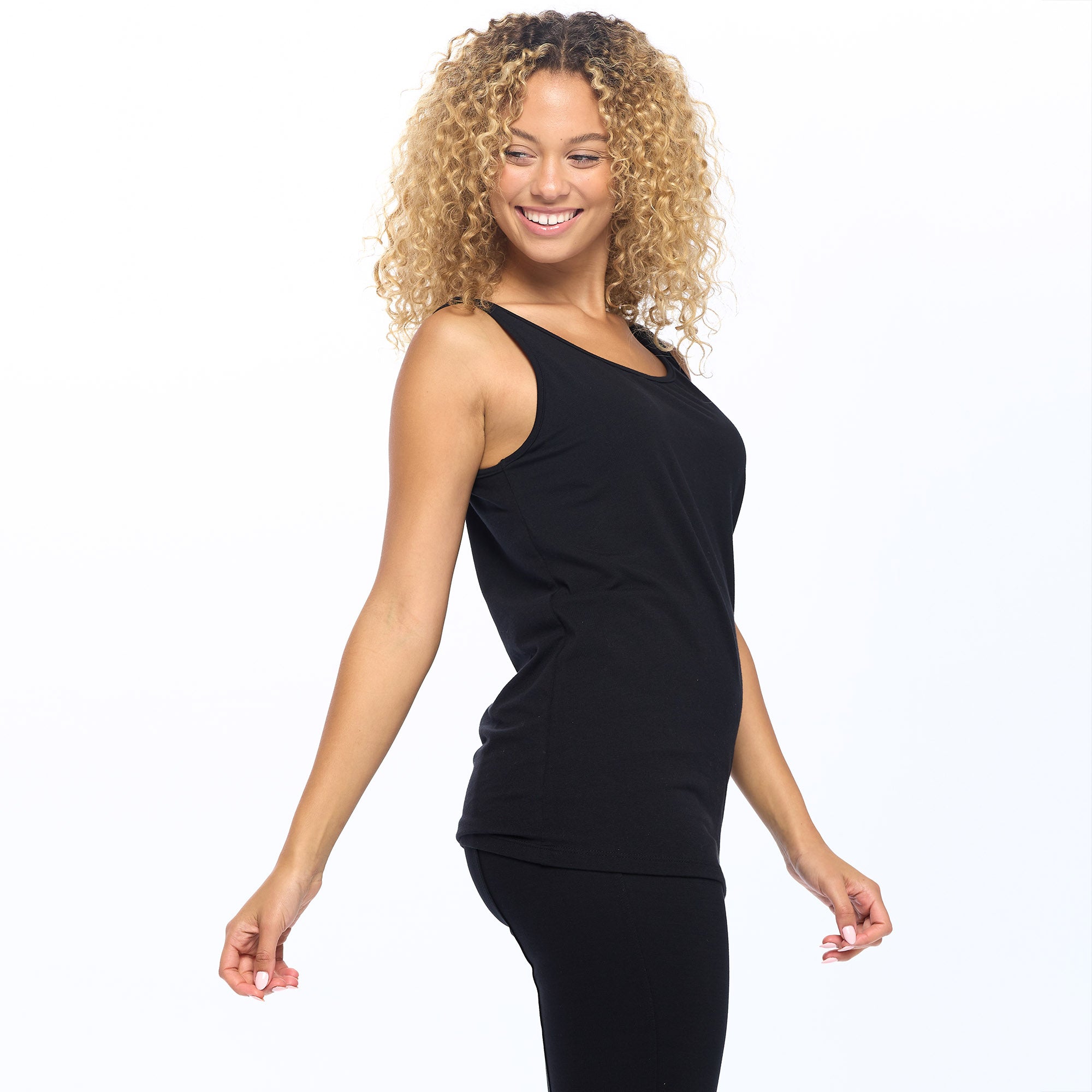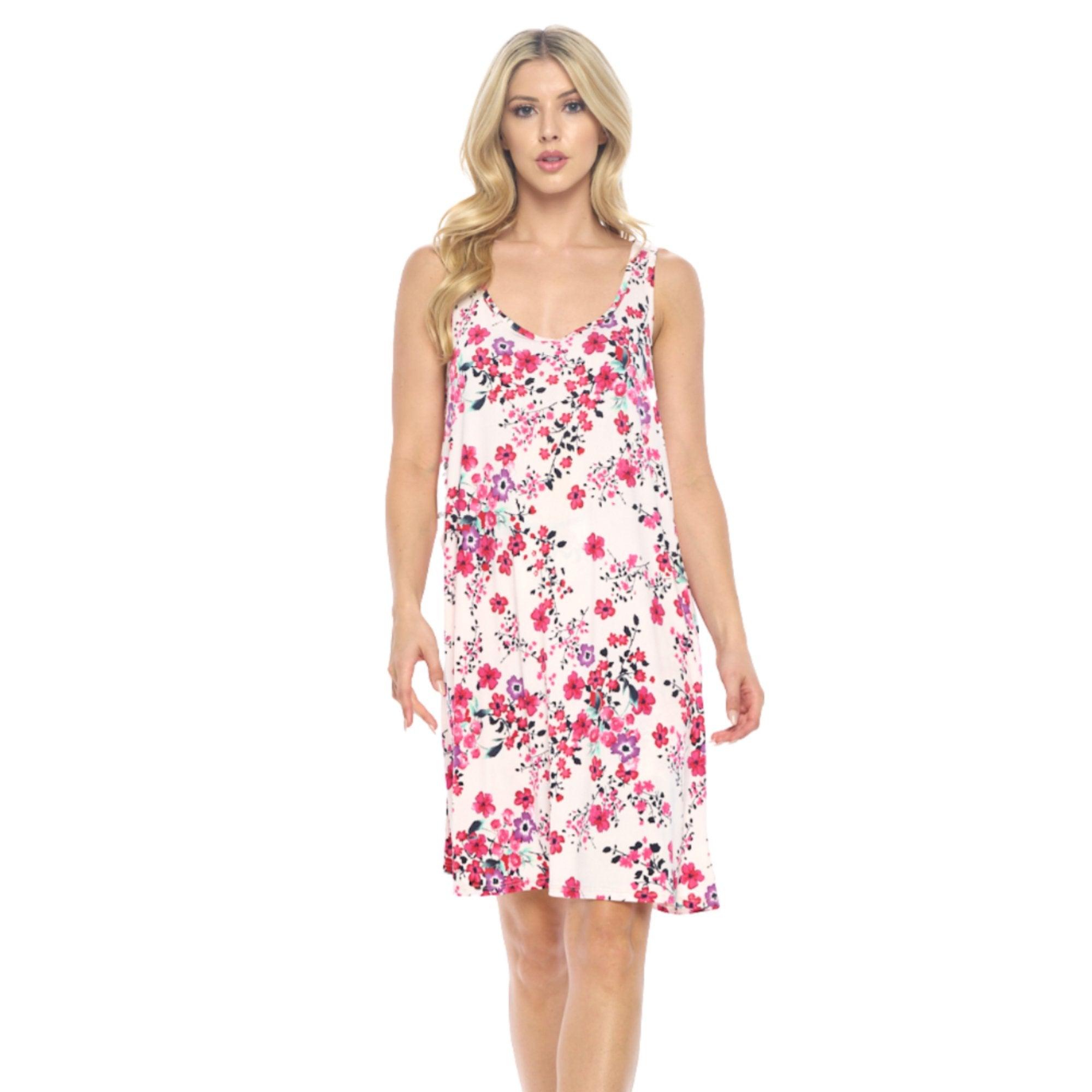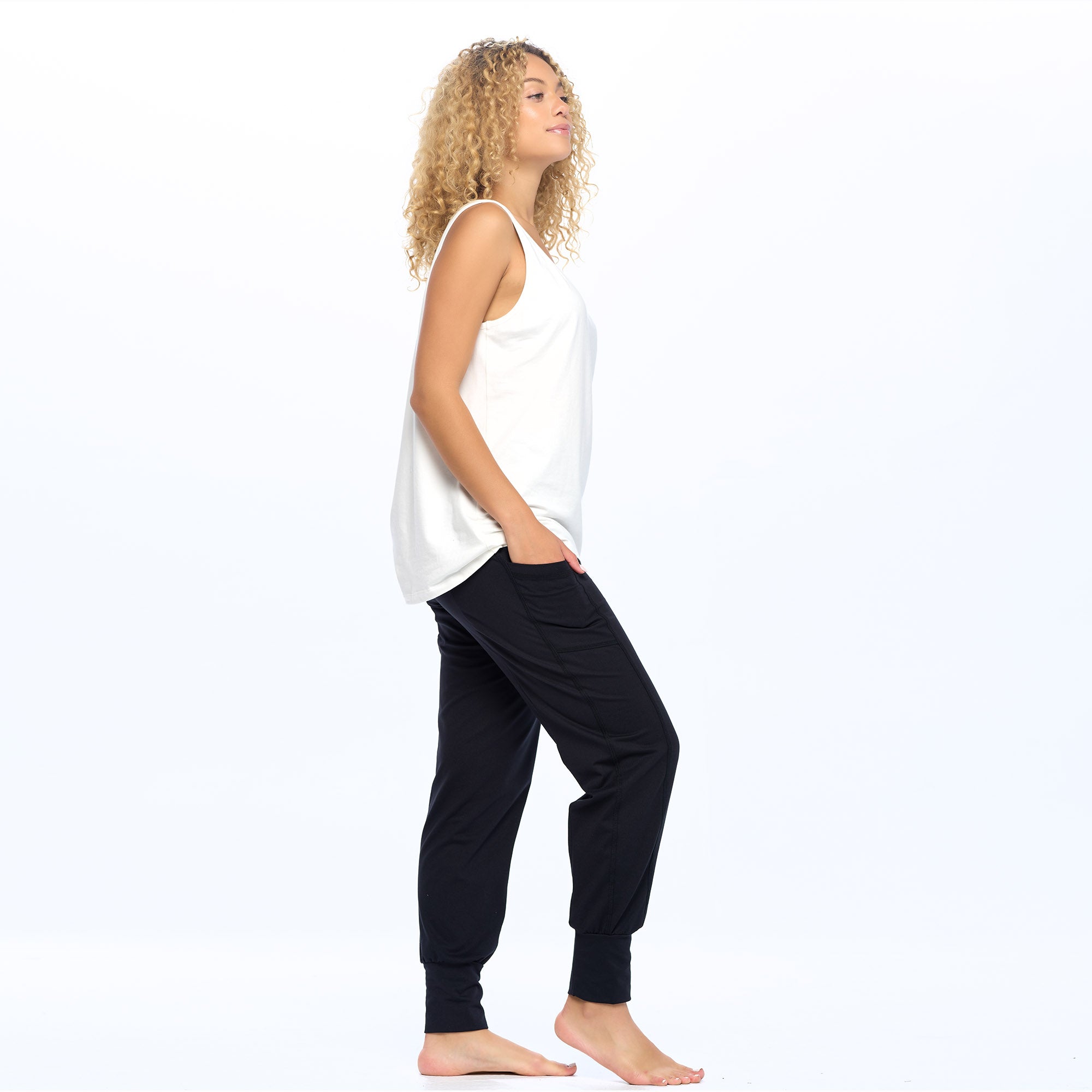By now, you’ve probably heard about or have experience with shapewear. From shapewear leggings to shapewear panties, body transformation clothing comes in various styles to serve different needs - body confidence, a desired look, to hide insecurity, or for extra support.
While the reasons for wearing shapewear during the day are well-known, sleeping in shapewear is a new topic that has sparked debates amongst experts and consumers.
The following article explores the pros and cons of sleeping in shapewear, shedding light on the potential benefits and drawbacks of this new practice.
But first, let’s answer some basic questions:
What is body shapewear, and how did it come to be?
The History & Evolution of Shapewear
Shapewear has a rich history that dates back centuries. In ancient times, women used tightly wrapped fabric or leather bands to cinch their waists (ouch!). As time went on, corsets became the go-to garment, but of course, they soon posed major health concerns…Whale bones aren't supposed to jag into you? Who knew?
In the early 20th century, girdles emerged as a less restrictive (less tortuous) and healthier alternative to corsets. Made from elastic materials, Girdles provided support to the waist and hips.
Fast forward to the present day, and shapewear had a glow-up, evolving into a more comfortable and versatile solution for body shaping. With advancements in fabric technology, modern shapewear is made from a blend of elastic, nylon, and spandex, providing firm compression and ease of movement.
So now we understand what body shapewear is and how it came to be, but there’s still the question of why…
Why Body Shapewear?
The evolution of shapewear reflects the ever-changing ideals of beauty and the desire to enhance one's natural figure. Luckily, today, although still a struggle, we are moving away from the desperate “need” to alter our bodies drastically and towards a better, more body-positive movement - to enhance, embrace, and rock what we’ve got - (the mission of Undersummers!)
With a more focused approach on comfort, support, and self-acceptance, shapewear today remains a popular choice for extra confidence.
Now that we’ve covered what shapewear is and how it came to be, it’s time for the debated answer to a newfound question: Should you sleep in shapewear?
The Pros & Cons of Sleeping in Body Shapewear
The Benefits of Wearing Shapewear While You Sleep
While sleeping in shapewear may seem unconventional, proponents argue it offers several advantages beyond daytime use. Let's explore.
Enhancing Body Contour
One main reason individuals sleep in shapewear is to wake up with a more defined body shape. Shapewear can (a large emphasis on the word “can”) mold and contour the body during sleep by providing continuous compression and support throughout the night, resulting in a smoother, more sculpted appearance.
Potential Weight Loss Benefits
Some claim that sleeping in shapewear can assist in weight loss by increasing sweat production and promoting the breakdown of fat cells. While the evidence supporting this claim is scarce, the data supporting it is enough for some.
Getting a workout while you sleep appeals to everyone, so it's understandable why some women would wear shapewear during sleep to help them meet their fitness goals.
Improving Posture While You Sleep
Another advantage often associated with sleeping in shapewear is the potential improvement in posture. The firm compression of shapewear can help align the spine and support the back, encouraging proper posture while sleeping.
While there are potential benefits to sleeping in shapewear, it's essential to consider the potential risks that come with it:
The Drawbacks of Sleeping in Shapewear
Possible Health Risks
Experts have raised concerns about the potential health risks of wearing shapewear for extended periods, including during sleep. Tight-fitting shapewear can compress organs, restrict blood flow, and cause skin irritation or nerve damage. Prolonged compression may also contribute to digestive issues and breathing difficulties.
Discomfort and Sleep Disruption
Sleeping in shapewear can be uncomfortable, especially for those not accustomed to its tightness and restriction. The pressure exerted by the shapewear can lead to discomfort, restless sleep, and even sleep disturbances.
Long-term Dependency Issues
In some cases, prolonged reliance on shapewear, including during sleep, can create psychological dependency and affect body image perception. Wearing shapewear consistently may give individuals unrealistic expectations of their natural body shape, leading to body dissatisfaction, body dysmorphia, and other emotional distress.
What do the experts say about sleeping in shapewear?
Here’s the lowdown: medical professionals aren't thrilled about it. Sure, you may look more svelte and stand a little taller after sleeping in shapewear, but at what cost? The potential downsides to your circulation, breathing, and comfort far outweigh the not-fully proven or temporary slim-down effects.
If you want to lose weight or improve your posture, they recommend the old-fashioned way: diet, physical activity, and plenty of shapewear-free rest to help you achieve such goals.
The Bottom Line:
It’s your life; it’s your body. You can do what you want with it and sleep in whatever! That said, if you’re considering sleeping in shapewear, you should know the pros and cons.
And by the end of this article, if you’ve become completely turned off by shapewear altogether but still want extra support in your outfits AND a boost of body confidence, turn to Undersummers shortlettes and Undersummers sleepwear - clothing designed to help women feel and look their best, without all the pinching, cinching, and real body hiding that shapewear can come with.









